Home>Gardening & Outdoor>Garden Tools & Equipment>What Is A Leaf Blower
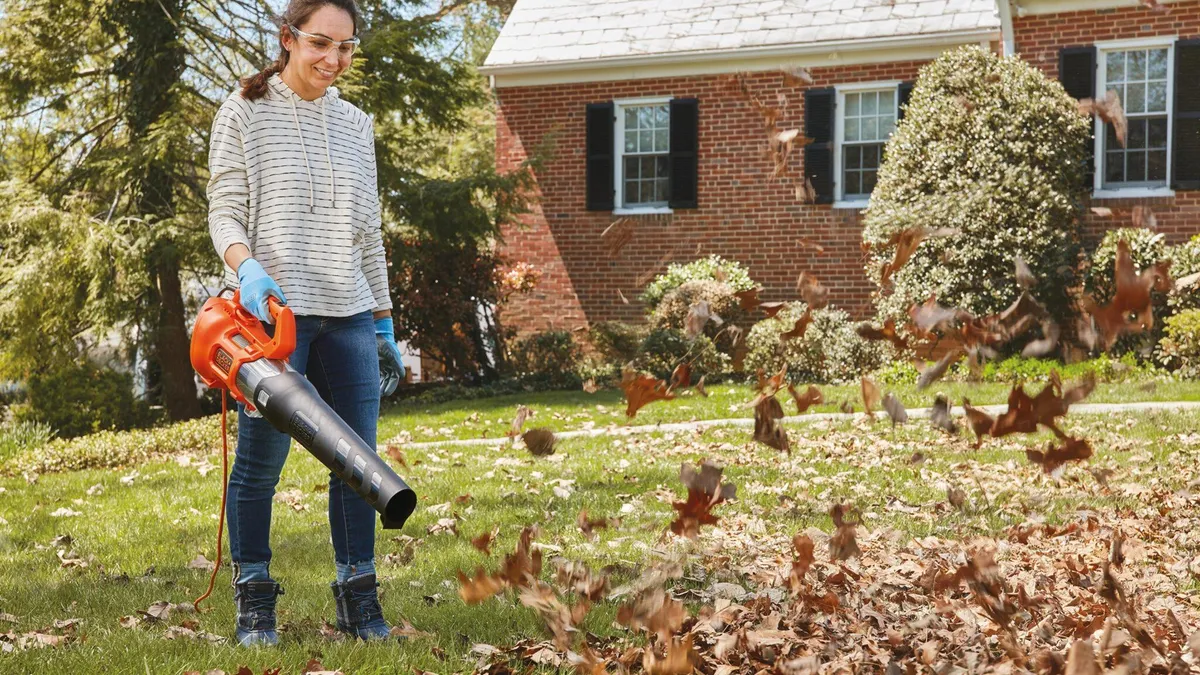

Garden Tools & Equipment
What Is A Leaf Blower
Modified: February 18, 2024
Discover the benefits of leaf blowers and how they can make your gardening tasks easier. Find the best garden tools and equipment for your outdoor space.
(Many of the links in this article redirect to a specific reviewed product. Your purchase of these products through affiliate links helps to generate commission for Storables.com, at no extra cost. Learn more)
Introduction
Welcome to the world of garden maintenance, where the humble leaf blower reigns supreme. If you've ever marveled at the pristine lawns and impeccably tidy landscapes in your neighborhood, chances are, a leaf blower played a crucial role in achieving that polished look. But what exactly is a leaf blower, and why is it an indispensable tool for both professional landscapers and weekend garden warriors?
In its simplest form, a leaf blower is a versatile outdoor power tool designed to propel air at high speeds to move leaves, grass cuttings, and debris from lawns, driveways, and other outdoor surfaces. This nifty device offers a swift and efficient solution to the age-old chore of raking, significantly reducing the time and effort required to clear outdoor spaces.
As we delve deeper into the world of leaf blowers, we'll explore their fascinating history, the various types available, and the environmental considerations surrounding their use. Additionally, we'll uncover the inner workings of these machines, shedding light on the technology that powers their impressive performance. Whether you're a seasoned gardening aficionado or simply curious about these ubiquitous tools, this comprehensive guide will equip you with a wealth of knowledge about leaf blowers and their impact on the world of outdoor maintenance.
Key Takeaways:
- Leaf blowers are powerful tools that use high-speed air to quickly clear leaves and debris from outdoor spaces, making yard maintenance much easier and faster.
- While leaf blowers are convenient, they can also have negative effects on the environment, such as air and noise pollution. It’s important to consider eco-friendly alternatives and follow regulations to minimize their impact.
Read more: What To Look For In A Leaf Blower
History of Leaf Blowers
The evolution of leaf blowers can be traced back to the late 1950s, when a pivotal shift in garden maintenance practices prompted the need for innovative outdoor tools. Prior to the introduction of leaf blowers, the labor-intensive task of clearing leaves and debris involved rakes, brooms, and considerable manual effort. Recognizing the potential for a more efficient solution, engineers and inventors set out to create a device that could streamline this arduous process.
One of the earliest iterations of the leaf blower was the “pneumatic gardening machine,” patented by Dom Quinto in 1958. This pioneering design utilized a backpack-mounted blower unit connected to a handheld nozzle, allowing the operator to direct a focused stream of air to dislodge and move debris. As the concept gained traction, subsequent innovations led to the development of more powerful and user-friendly models, catering to the diverse needs of homeowners, professional landscapers, and municipal maintenance crews.
Throughout the ensuing decades, advancements in technology and engineering have propelled leaf blowers into the modern age, with features such as lightweight designs, ergonomic handles, and reduced noise levels enhancing their appeal and usability. The integration of electric and cordless models has further expanded the options available to consumers, offering eco-friendly alternatives to traditional gas-powered blowers.
Today, leaf blowers have become an indispensable tool for maintaining outdoor spaces, revolutionizing the way we approach lawn care and landscaping. Their widespread adoption and continual refinement underscore their enduring relevance in the realm of garden and property maintenance, cementing their status as a staple in the arsenal of outdoor power equipment.
Types of Leaf Blowers
Leaf blowers come in a variety of types, each offering distinct advantages suited to different preferences and requirements. Understanding the characteristics and capabilities of these different models is essential for selecting the most suitable option for your specific needs.
1. Handheld Leaf Blowers
Handheld leaf blowers are compact and lightweight, making them ideal for small to medium-sized yards and gardens. They are maneuverable and easy to handle, allowing for precise control when targeting debris in tight or intricate spaces. These models are typically powered by electricity or gasoline, providing flexibility in terms of mobility and runtime.
2. Backpack Leaf Blowers
Designed for extended use and larger outdoor areas, backpack leaf blowers feature a harness that distributes the weight evenly across the user’s back and shoulders. This ergonomic design minimizes fatigue and strain, enabling prolonged operation without discomfort. With their increased power and airflow capacity, backpack leaf blowers are well-suited for commercial landscaping, municipal maintenance, and expansive residential properties.
Read more: What Is The Best Leaf Blower
3. Walk-Behind Leaf Blowers
Walk-behind leaf blowers, also known as wheeled blowers, are equipped with wheels or casters, allowing users to maneuver them across surfaces with minimal effort. These heavy-duty blowers are adept at handling large volumes of leaves and debris, making them indispensable for clearing extensive lawns, driveways, and commercial premises. Their self-propelled functionality enhances efficiency, particularly in demanding outdoor environments.
4. Corded and Cordless Leaf Blowers
Leaf blowers are available in corded and cordless variations, each offering unique benefits. Corded models provide continuous power without the need for recharging, making them well-suited for sustained use within range of a power outlet. On the other hand, cordless leaf blowers offer unrestricted mobility and convenience, powered by rechargeable batteries for portability and freedom of movement.
By considering the size of the outdoor area, the intended frequency of use, and the desired level of maneuverability, users can make informed decisions when selecting the most suitable type of leaf blower for their specific landscaping and maintenance needs.
How Leaf Blowers Work
At the heart of a leaf blower’s functionality lies a robust motor or engine that drives a high-velocity airstream, enabling the efficient displacement of leaves, grass clippings, and debris. Understanding the fundamental principles behind a leaf blower’s operation illuminates the ingenious mechanics at play.
Regardless of the specific type or power source, the basic mechanism of a leaf blower involves drawing in air and expelling it at high speeds through a concentrated nozzle. This accelerated airflow creates a force capable of dislodging and propelling debris across surfaces, facilitating swift and thorough clearing of outdoor areas.
1. Air Intake
The process begins with the intake of ambient air, which is channeled into the blower unit through an intake vent or grille. In gas-powered models, this air is mixed with fuel in the engine’s combustion chamber, where it undergoes compression and ignition to generate the necessary power for driving the blower’s impeller or fan. Electric leaf blowers, on the other hand, utilize an electric motor to propel the airflow.
Read more: What Is The Best Backpack Leaf Blower
2. Air Compression
Once inside the blower unit, the incoming air is compressed and accelerated by the blower’s impeller or fan, which is driven by the engine or motor. This rapid compression increases the air’s velocity, building up the force required to dislodge and propel debris from the ground or other surfaces.
3. Directed Airflow
The pressurized air is then directed through the blower’s nozzle, where it emerges as a concentrated, high-speed airstream. This focused airflow is precisely aimed at the target area, effectively mobilizing leaves and debris with remarkable efficiency. The user can manipulate the direction and intensity of the airflow to achieve precise clearing and maneuverability, adapting to the contours of the landscape or outdoor space.
By harnessing the power of airflow, leaf blowers offer a dynamic and versatile approach to outdoor maintenance, simplifying the arduous task of clearing leaves and debris with unparalleled speed and effectiveness.
Uses of Leaf Blowers
Leaf blowers are invaluable tools that extend their utility far beyond the seasonal task of clearing fallen leaves. Their versatility and efficiency make them indispensable for a wide array of outdoor maintenance and cleaning applications, catering to both residential and commercial needs.
1. Leaf and Debris Clearance
One of the primary uses of leaf blowers is, unsurprisingly, clearing fallen leaves and debris from lawns, driveways, pathways, and outdoor living spaces. By harnessing powerful airflow, leaf blowers swiftly gather and disperse loose foliage, simplifying the often labor-intensive process of manual raking and sweeping. This capability is particularly beneficial during autumn, when trees shed their leaves, necessitating regular clearing to maintain tidy and visually appealing outdoor environments.
Read more: What Is A Good CFM For A Leaf Blower
2. Grass Clipping Dispersal
Following mowing or lawn maintenance activities, leaf blowers offer a convenient solution for dispersing grass clippings and mulch across lawns and garden beds. Their precision and agility enable users to direct the airflow with accuracy, evenly distributing grass cuttings and organic matter to promote healthy lawn growth and soil enrichment.
3. Gutter Cleaning
When gutters become clogged with leaves, twigs, and debris, the resulting blockages can impede proper drainage and lead to water damage. Leaf blowers equipped with specialized attachments provide a safe and efficient method for clearing gutters, ensuring unobstructed water flow and preventing potential structural issues associated with water accumulation.
4. Snow Removal
In regions experiencing snowfall, certain leaf blowers can be repurposed for light snow removal, particularly on pathways, driveways, and outdoor surfaces. By harnessing the blower’s airflow, users can swiftly dislodge and disperse light snow accumulations, minimizing the need for manual shoveling and enhancing accessibility during inclement weather.
By leveraging the adaptability and robust performance of leaf blowers, individuals and landscaping professionals can streamline a diverse range of outdoor maintenance tasks, enhancing efficiency and achieving pristine, well-kept outdoor spaces throughout the year.
Environmental Impact of Leaf Blowers
While leaf blowers offer unparalleled convenience and efficiency in outdoor maintenance, their utilization raises important considerations regarding environmental impact and sustainability. Understanding the implications of these tools on the ecosystem and air quality is crucial for making informed decisions about their use and exploring eco-friendly alternatives.
Read more: How To Start Leaf Blower
1. Air and Noise Pollution
Traditional gasoline-powered leaf blowers are associated with emissions of air pollutants, including hydrocarbons, nitrogen oxides, and particulate matter. These emissions contribute to air pollution, potentially compromising air quality and posing health risks, particularly in densely populated urban areas. Additionally, the operation of gas-powered leaf blowers generates noise pollution, impacting both human communities and wildlife habitats. The cumulative effects of air and noise pollution underscore the environmental concerns associated with these models.
2. Fuel Consumption and Carbon Footprint
The reliance on fossil fuels in gas-powered leaf blowers contributes to carbon emissions and the overall carbon footprint associated with outdoor maintenance activities. The combustion of gasoline releases carbon dioxide and other greenhouse gases, exacerbating the environmental impact of these machines. Furthermore, the consumption of non-renewable resources underscores the need for sustainable alternatives to minimize reliance on finite energy sources.
3. Ecological Disruption
The high-velocity airflow produced by leaf blowers can disturb and displace natural debris, such as leaf litter and organic matter, which play essential roles in ecosystem processes. Disrupting these natural elements can impact soil health, nutrient cycling, and the habitats of beneficial insects and microorganisms. Additionally, excessive leaf blower usage in natural or semi-natural areas can disrupt wildlife and contribute to habitat fragmentation, potentially compromising biodiversity and ecological balance.
4. Transition to Eco-Friendly Alternatives
To mitigate the environmental impact of leaf blowers, individuals and landscaping professionals can explore eco-friendly alternatives, such as electric or battery-powered models. Electric leaf blowers produce zero direct emissions and operate with reduced noise levels, offering a more environmentally conscious approach to outdoor maintenance. Additionally, the adoption of sustainable landscaping practices, such as mulching leaves and utilizing manual tools for debris clearance, can minimize reliance on powered equipment and promote ecological stewardship.
By acknowledging the environmental implications of leaf blower usage and embracing sustainable alternatives, individuals can contribute to the preservation of environmental quality and the promotion of eco-conscious practices in outdoor maintenance.
Read more: When Was The Leaf Blower Invented
Regulations on Leaf Blowers
Recognizing the environmental and public health concerns associated with leaf blower usage, various jurisdictions have implemented regulations and guidelines to manage the impact of these machines and promote responsible maintenance practices. These regulations encompass aspects such as noise emissions, air quality standards, and operational restrictions, aiming to balance the utility of leaf blowers with the preservation of environmental and community well-being.
1. Noise Ordinances and Restrictions
Many municipalities have established noise ordinances that govern the permissible noise levels generated by outdoor equipment, including leaf blowers. These ordinances often specify decibel limits and designated operating hours to mitigate the disruptive impact of blower-related noise on residential areas and public spaces. Additionally, some jurisdictions enforce seasonal restrictions to address the heightened demand for leaf blower usage during specific periods, such as fall foliage cleanup.
2. Emission Standards and Bans
Efforts to address air quality concerns have led to the implementation of emission standards for gas-powered leaf blowers, aiming to limit the release of pollutants associated with their operation. In some regions, outright bans on the use of certain types of leaf blowers, particularly high-emission models, have been enacted to reduce the environmental impact and safeguard public health. These measures encourage the adoption of cleaner, low-emission alternatives to mitigate the ecological footprint of outdoor maintenance activities.
3. Operator Training and Certification
Regulations pertaining to leaf blower operation may include requirements for operator training and certification, ensuring that individuals utilizing these machines are equipped with the knowledge and skills necessary to operate them safely and responsibly. Training programs may cover topics such as noise management, emission control, and proper equipment maintenance, fostering a culture of conscientious and proficient leaf blower use.
Read more: What Is The Most Powerful Leaf Blower
4. Encouragement of Eco-Friendly Alternatives
Some jurisdictions actively encourage the transition to eco-friendly leaf blower alternatives, such as electric or battery-powered models, by offering incentives, rebates, or subsidies for their purchase and use. By promoting the adoption of low-emission and low-noise equipment, these initiatives align with broader sustainability goals and contribute to the reduction of environmental impact associated with outdoor maintenance practices.
By adhering to and supporting regulations on leaf blower usage, individuals and landscaping professionals can contribute to the preservation of community well-being, environmental quality, and sustainable outdoor maintenance practices, fostering a harmonious balance between the utility of leaf blowers and the preservation of ecological integrity.
Conclusion
The ubiquitous leaf blower, with its remarkable ability to swiftly clear outdoor spaces, has revolutionized the landscape of garden maintenance, offering unparalleled convenience and efficiency. From its humble origins in the mid-20th century to the diverse array of modern models available today, the leaf blower has evolved into an indispensable tool for homeowners, landscaping professionals, and municipal maintenance crews alike.
As we’ve delved into the history, types, functionality, and environmental considerations surrounding leaf blowers, it’s evident that these devices play a multifaceted role in shaping the outdoor maintenance landscape. Their uses extend beyond the seasonal chore of leaf clearance, encompassing tasks such as grass clipping dispersal, gutter cleaning, and even light snow removal, showcasing their versatility and adaptability throughout the year.
However, as with any powerful tool, the environmental impact of leaf blowers cannot be overlooked. Concerns regarding air and noise pollution, fuel consumption, and ecological disruption underscore the importance of embracing sustainable practices and eco-friendly alternatives. By acknowledging these considerations and abiding by regulations governing leaf blower usage, individuals can contribute to the preservation of environmental quality and community well-being.
Looking ahead, the continued advancement of eco-conscious technology and the promotion of responsible maintenance practices will shape the future of leaf blower usage, fostering a harmonious coexistence between outdoor maintenance needs and ecological stewardship. Whether through the adoption of low-emission models, the implementation of noise-reduction strategies, or the embrace of manual and sustainable landscaping practices, the journey toward a more sustainable approach to outdoor maintenance is underway.
Ultimately, the leaf blower stands as a testament to human ingenuity and innovation, streamlining the age-old task of outdoor maintenance while inspiring a collective commitment to environmental responsibility. As we navigate the dynamic landscape of outdoor maintenance, the leaf blower serves as a compelling symbol of the ongoing quest to harmonize technological progress with ecological awareness, ensuring that our outdoor spaces remain pristine and vibrant for generations to come.
Frequently Asked Questions about What Is A Leaf Blower
Was this page helpful?
At Storables.com, we guarantee accurate and reliable information. Our content, validated by Expert Board Contributors, is crafted following stringent Editorial Policies. We're committed to providing you with well-researched, expert-backed insights for all your informational needs.
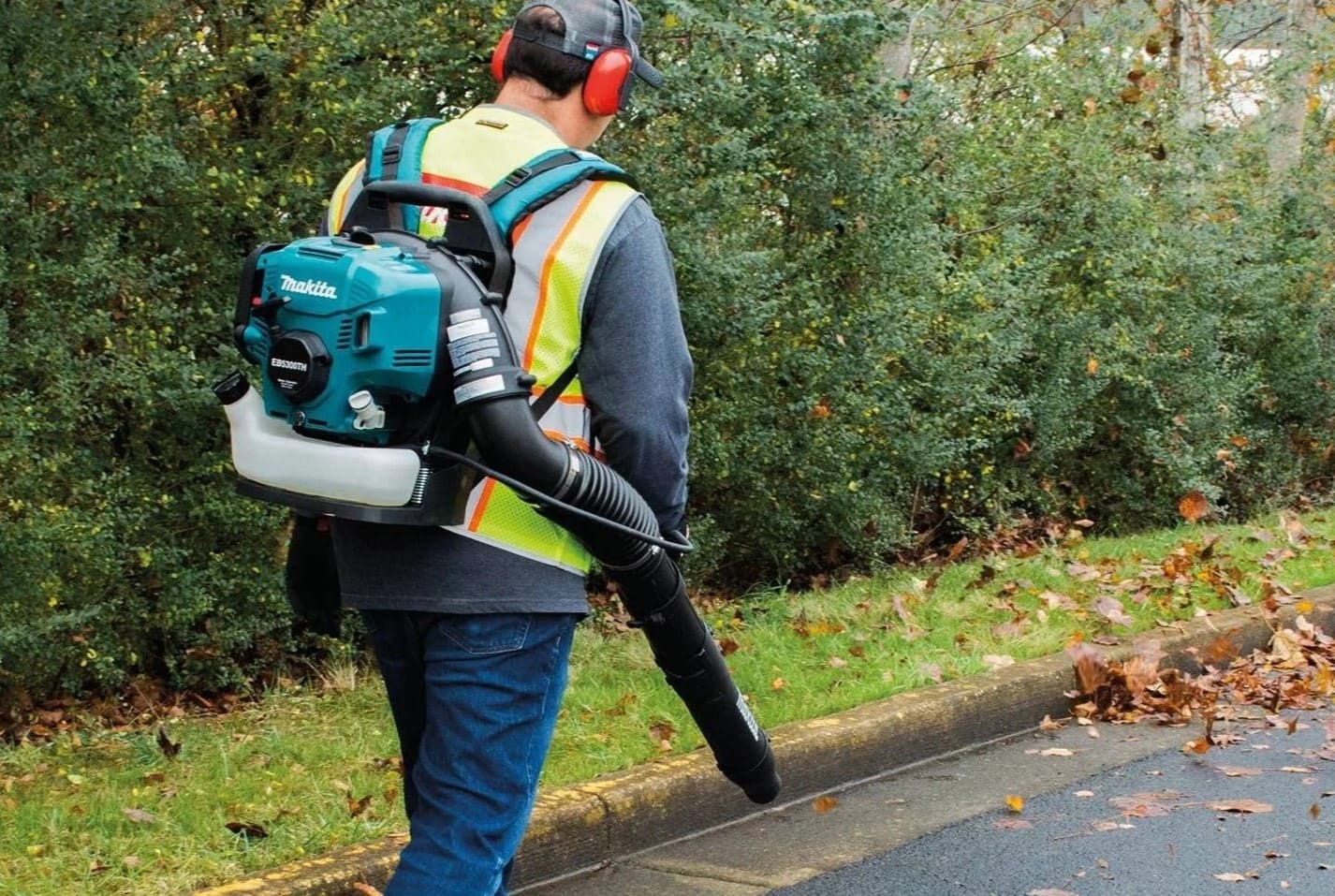
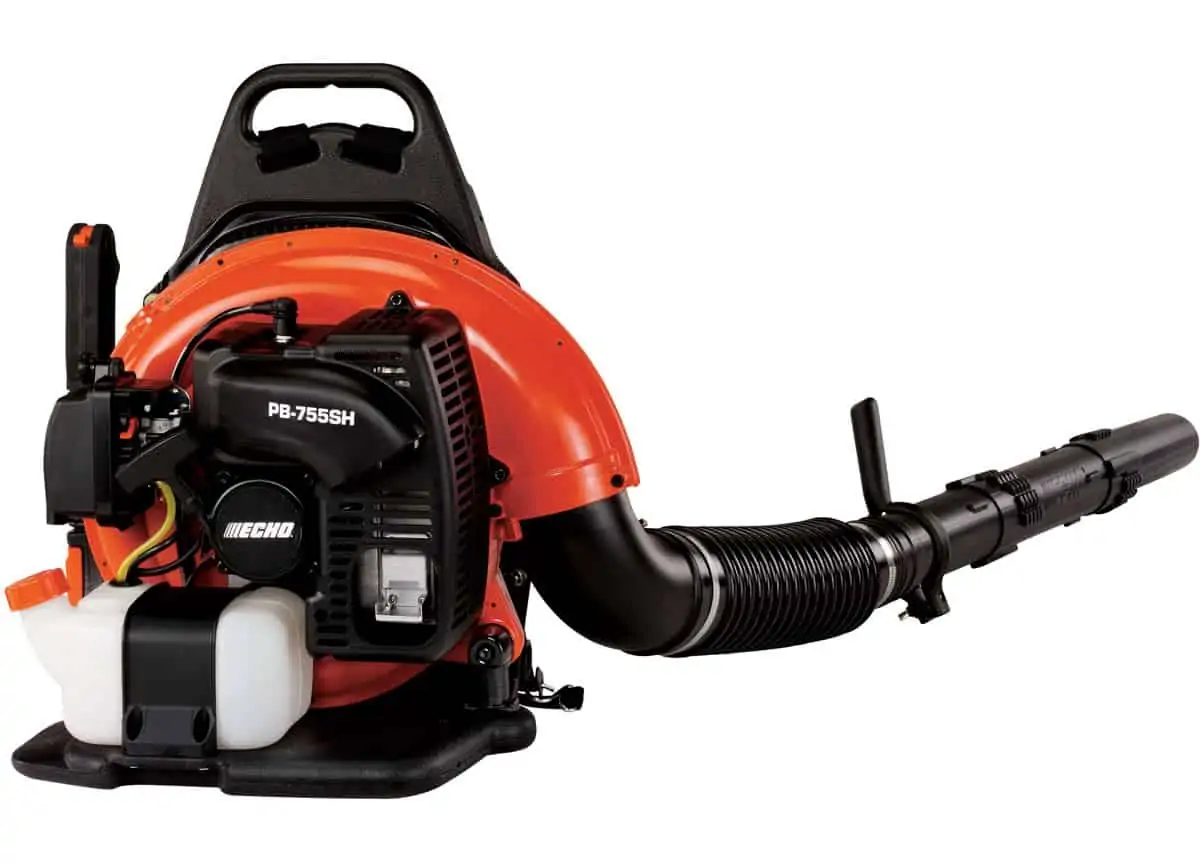
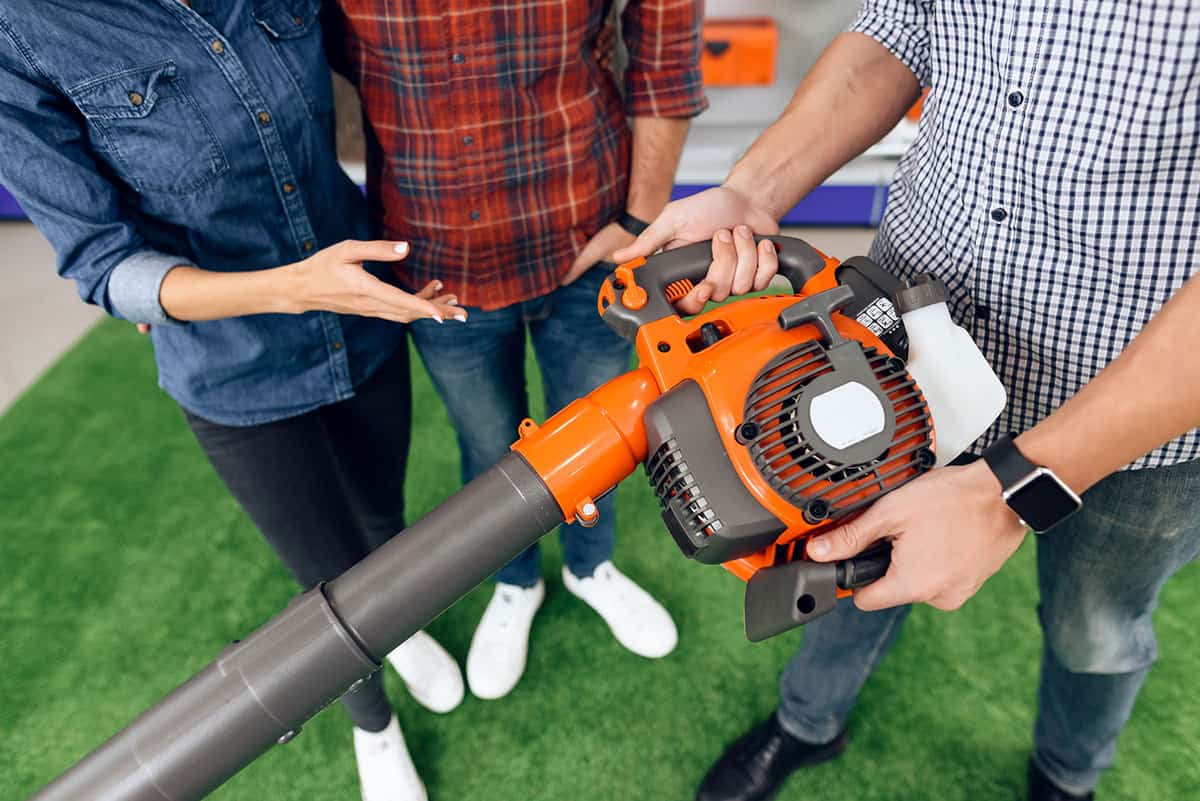
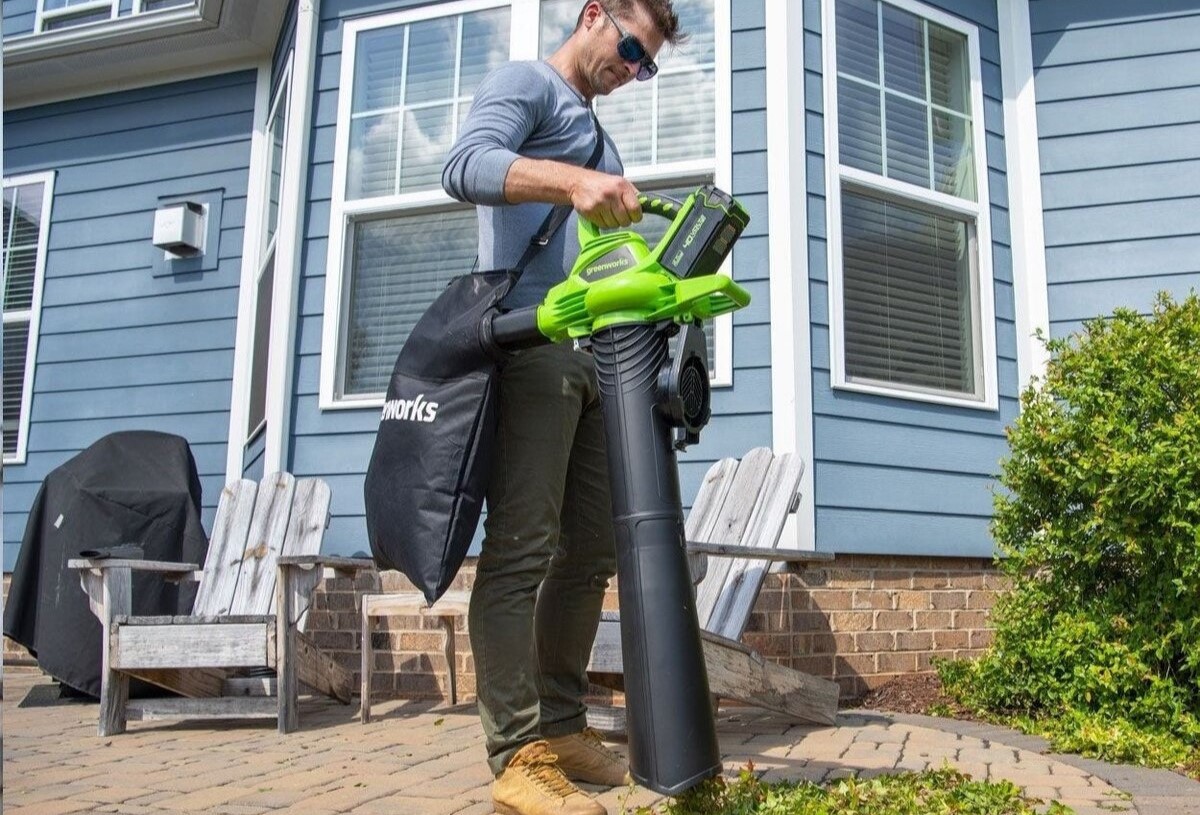
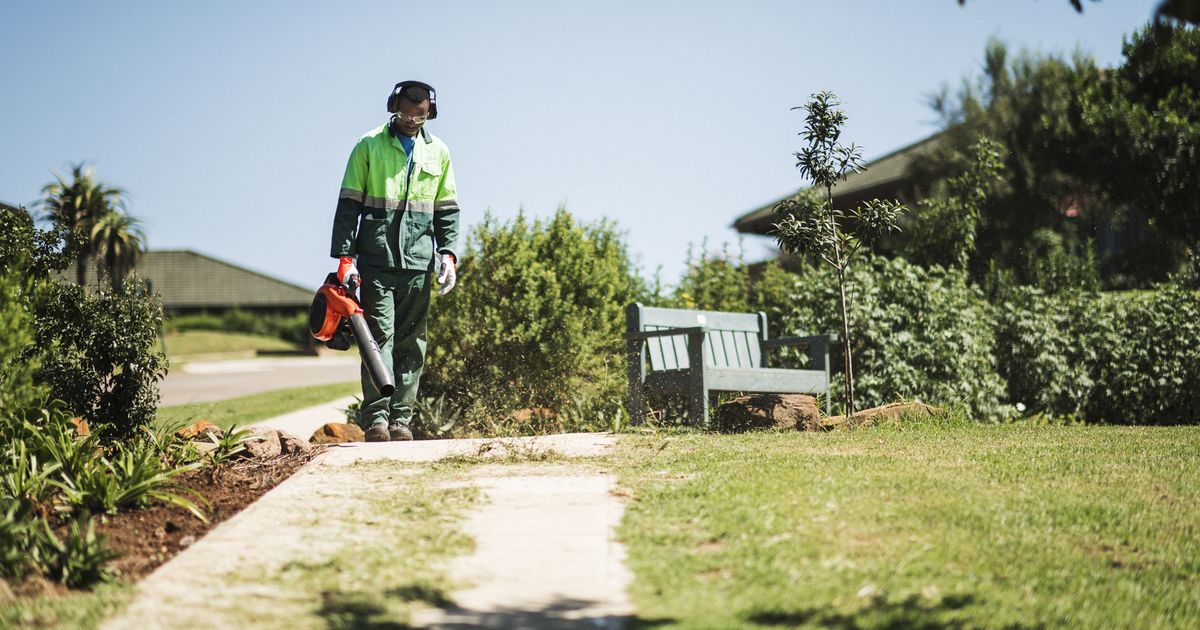
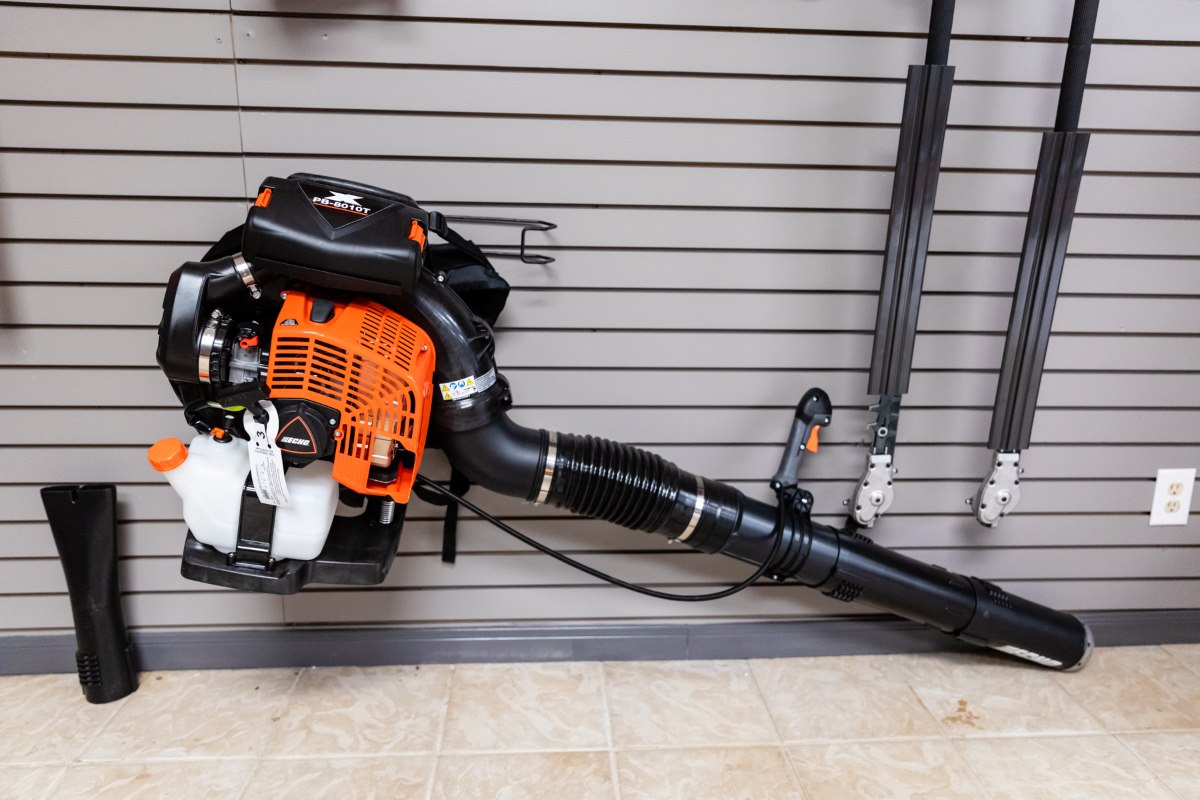
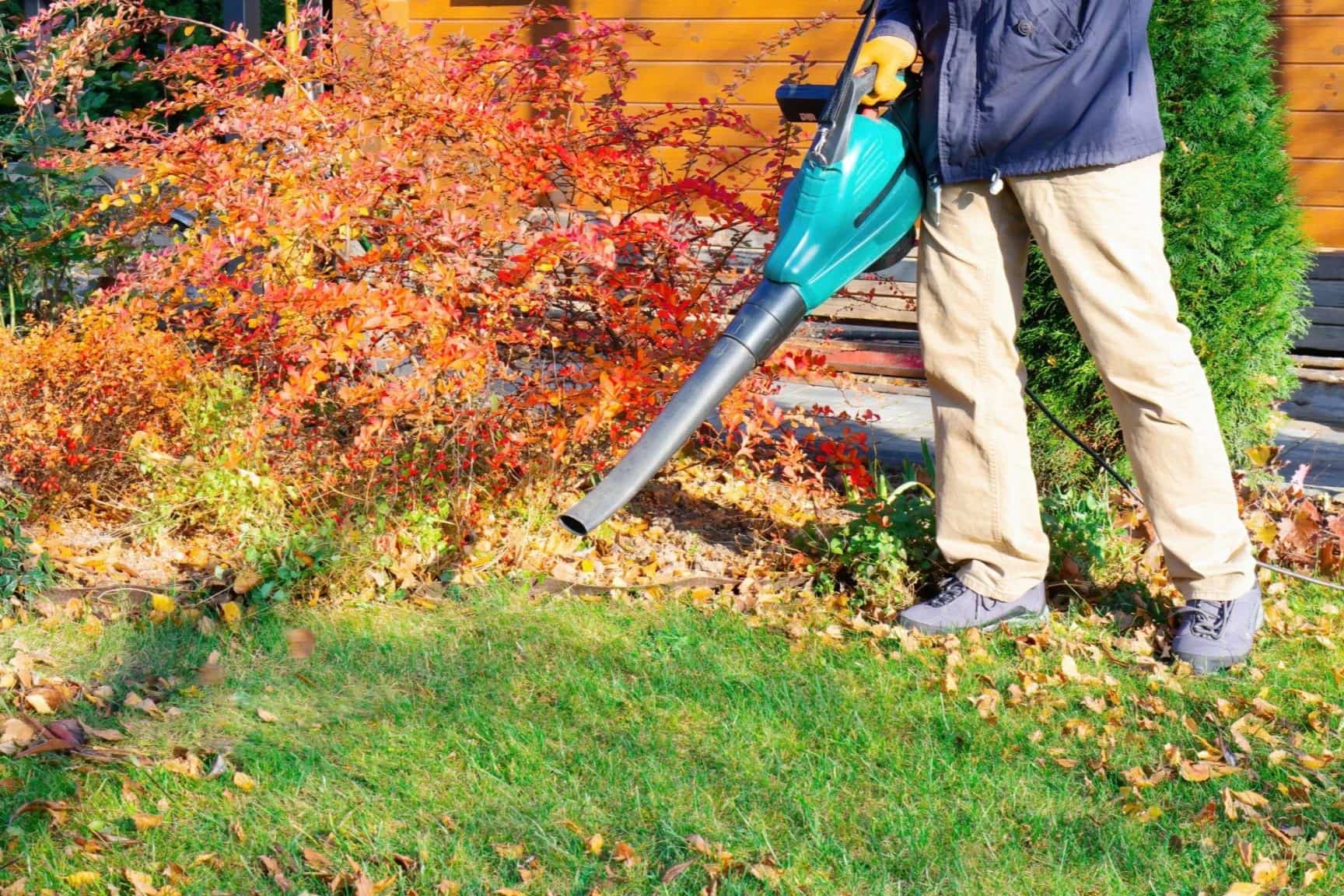
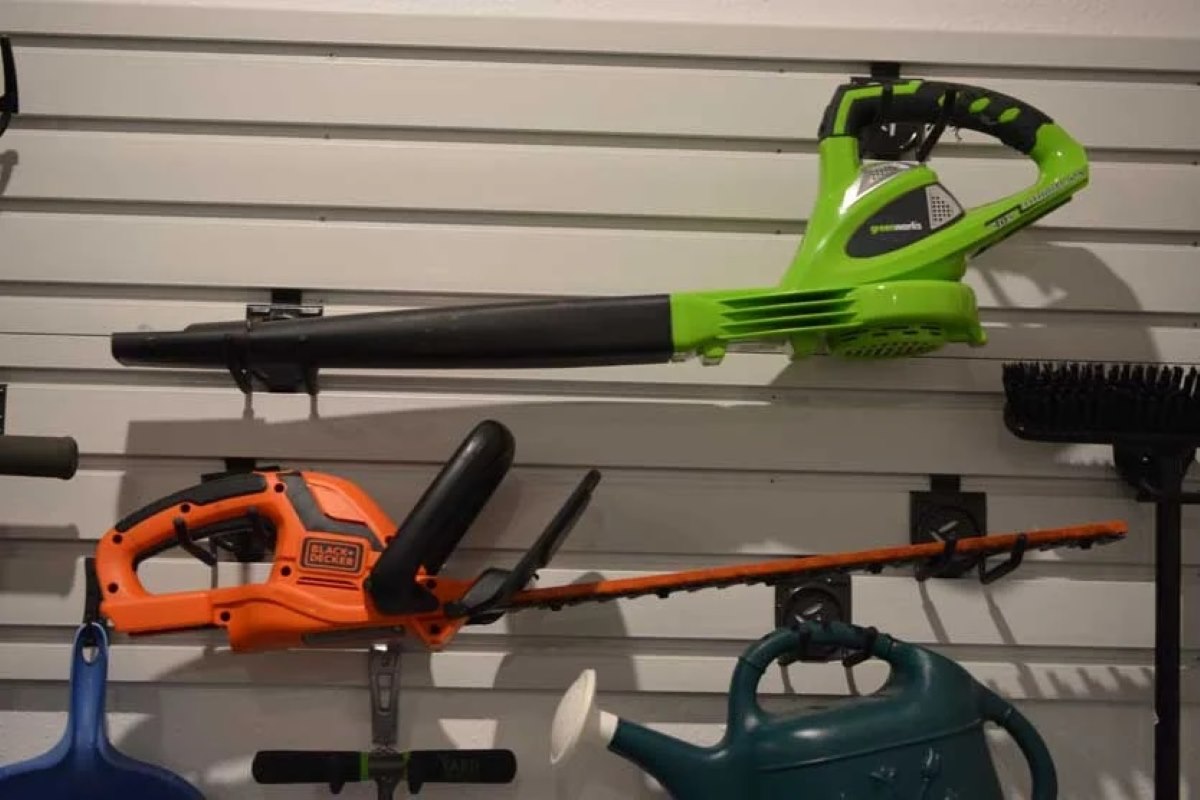
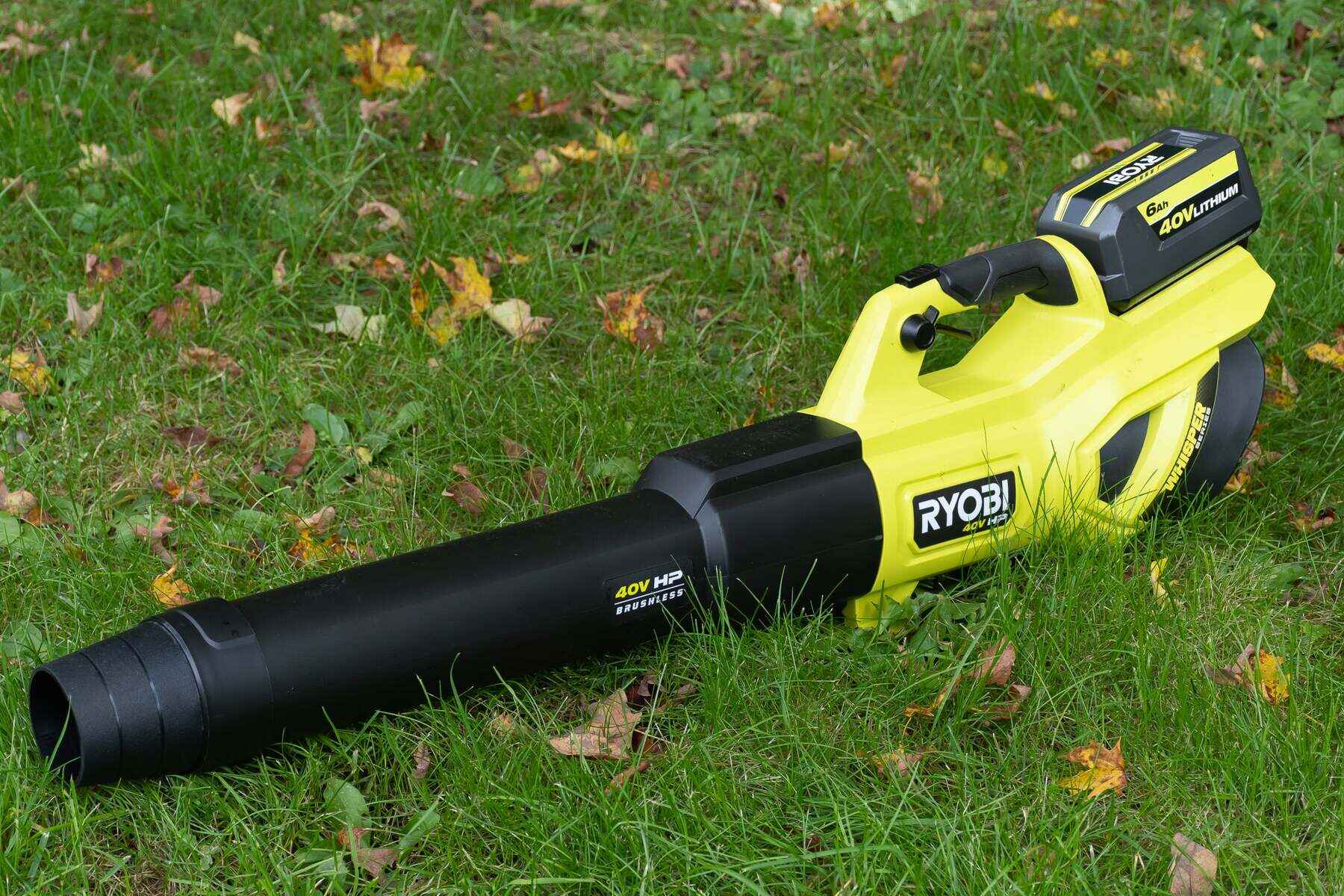

0 thoughts on “What Is A Leaf Blower”